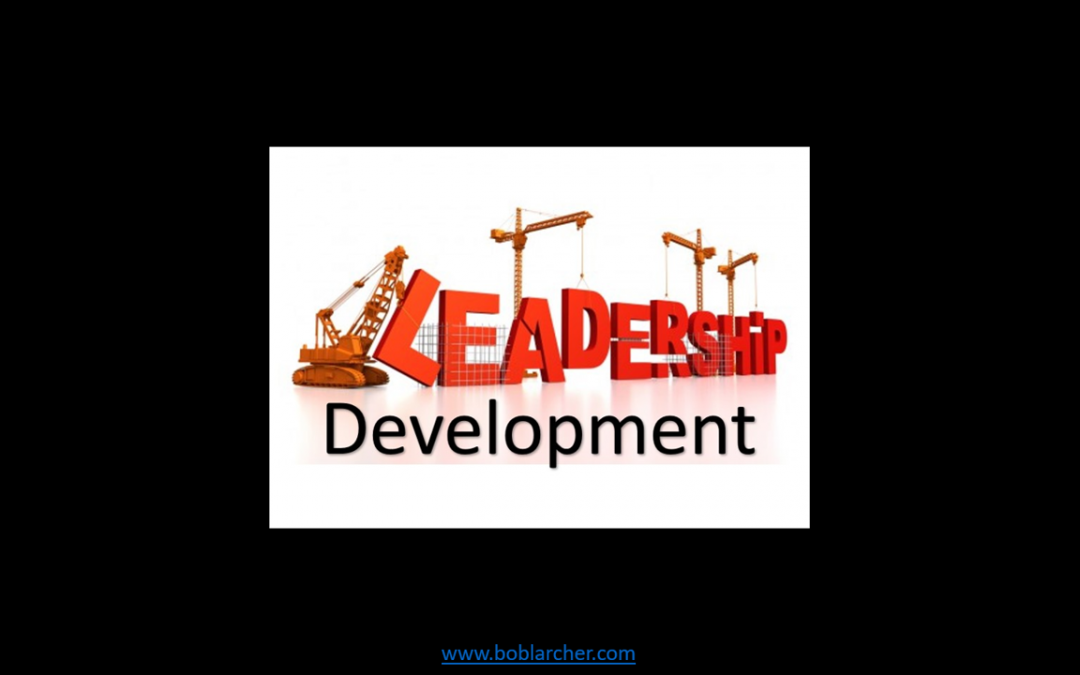In this article I would like to share what I think are the “bricks”, the “principles” and some “elements” that contribute to a truly effective approach to an “in-company” leadership development.
The bricks
Brick 1 – Focus on the behaviours that really matter based on context
- Concentrate on the leadership behaviours most critical to performance
- Identify the mindsets and behaviours that need to change
- Translate company strategy into required leadership qualities/capabilities
Brick 2 – Ensure sufficient reach throughout the organisation
- Ensure that a simple explanation of what is expected from managers in terms of leadership exists
- Develop a leadership model that reaches all organisational levels
- Implement leadership development interventions that cover the whole organisation
Brick 3 – Use system reinforcement to lock in change
- Carry out a complete review of current formal and informal mechanisms for building leadership skills, prior to launching the programme
- Adapt formal HR systems to reinforce the leadership model (e.g. recruiting, performance evaluation, 360°)
- Involve the “top team” as sponsors, problem owners, guest speakers, mentors, etc.
Brick 4 – Design learning transfer into the programme
- Encourage individuals to practice new behaviours that contribute to being a more effective leader
- Link programme content to projects that stretch participants over time in new settings
- Creating “actionable”, “measurable” and “verifiable” personal action plans
The principles
The four bricks are built on three principles
Principle n° 1 – No (or very limited) training rooms.
Leadership development should happen “where it matters”, i.e. in the workplace
Principle n° 2 – No cohorts
Cohorts are always problematic; some participants miss at least one module, someone invariably drops out of the programme and a certain degree of “cosiness” can set in.
Go for the agile approach, groups are never the same and participants have to adapt continuously to new people and new situations
Principle n° 3 – No role plays
They may be fun but most people can’t really incarnate the role they are trying to play and the feedback can always be dismissed because, “it wasn’t really me”. If you are going to include role plays, simply ask the person to be themselves and bring in an actor to play “the difficult person”
Use “learning scenarios”; situations where people will need to use their leadership ability to solve problems & issues collectively. In this context there is no “hiding place” and people receive feedback that matters.
The elements
Here are what I see as some elements of the learning mix to ensure “Here & now learning for there and then application”
- Action learning solving real company issues & problems
- A small group of managers meet regularly to solve a challenged sponsored by a senior executive
- One-to-one interviews of senior leaders
- Participants are tasked to interview senior leaders and compare and contrast their vision and practices of leadership
- Co-development on participants’ real-life leadership issues
- A small group of managers work together to solve each other’s leadership “nightmares”
- Speed dating on best practice sharing
- Market place events where participants share their “super powers” and find solutions to their “Achilles tendon”
- Personal action plan
- Each participant has a concrete, applicable, trackable and verifiable action plan that is developed and piloted in conjunction with a learning partner
- Regular peer feedback
- High quality feedback is provided after every contact event
- Action orientated coaching to support application of new behaviours
- Specific operational coaching to help participants move from knowledge and intentions to goal attainment and behavioural change
- An E-learning platform with definitions, tools, exercises, frameworks, etc. Available on smartphones, tablets, PC, etc.
- No face-to-face “trainer time” should be used to present theories and models
An effective leadership development programme should help participants to both be comfortable in uncomfortable situations and to be effective in new and unusual situations.

I help people to develop their interpersonal skills, usually within a leadership or teamwork context. If you are looking to develop your leadership, I might be able to help. I’ve been doing this for almost 40 years; roughly four thousand days of seminars, workshops, conferences, coaching, offsites, webinars, etc. – put back-to-back that makes almost ten “full” years.



